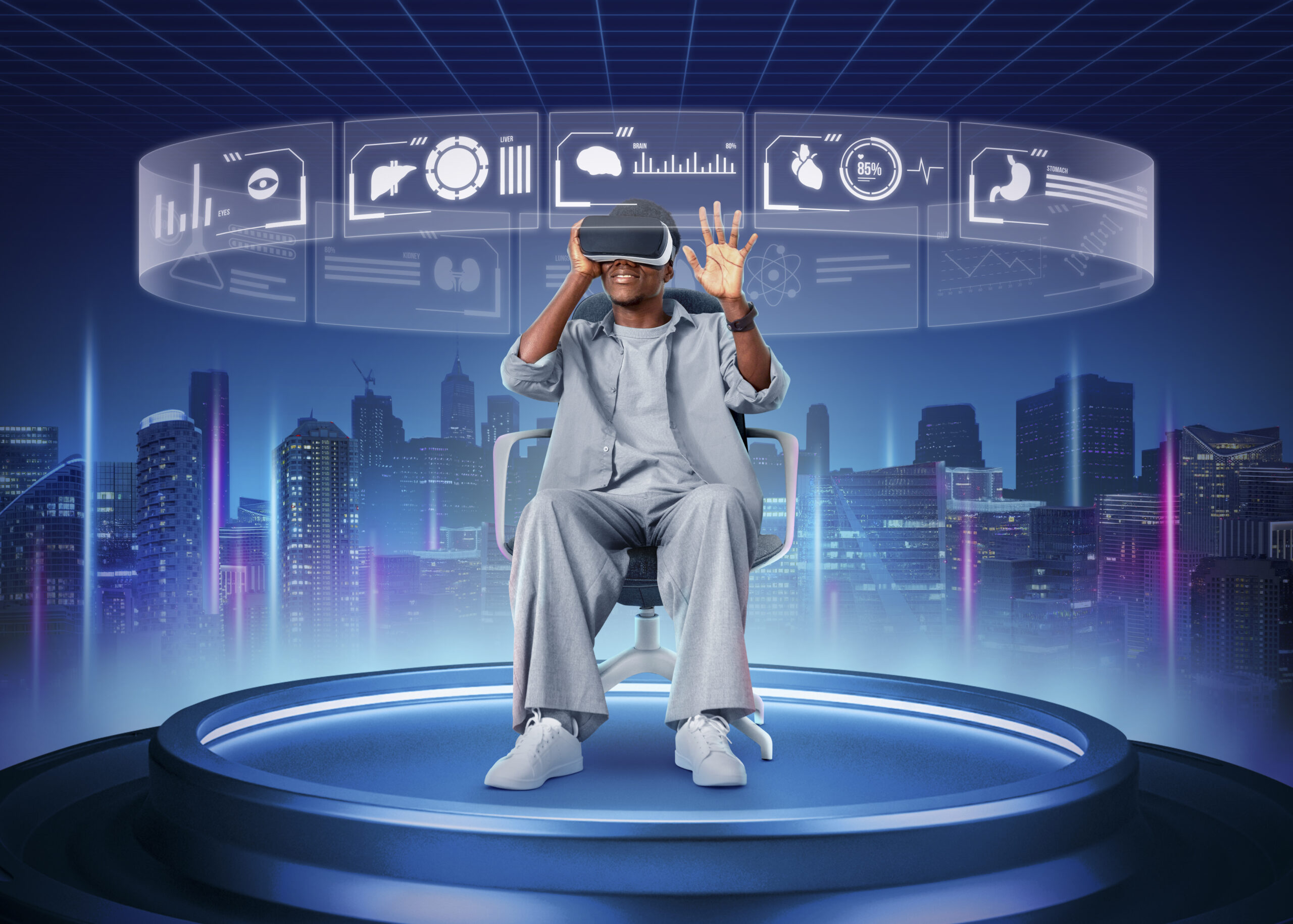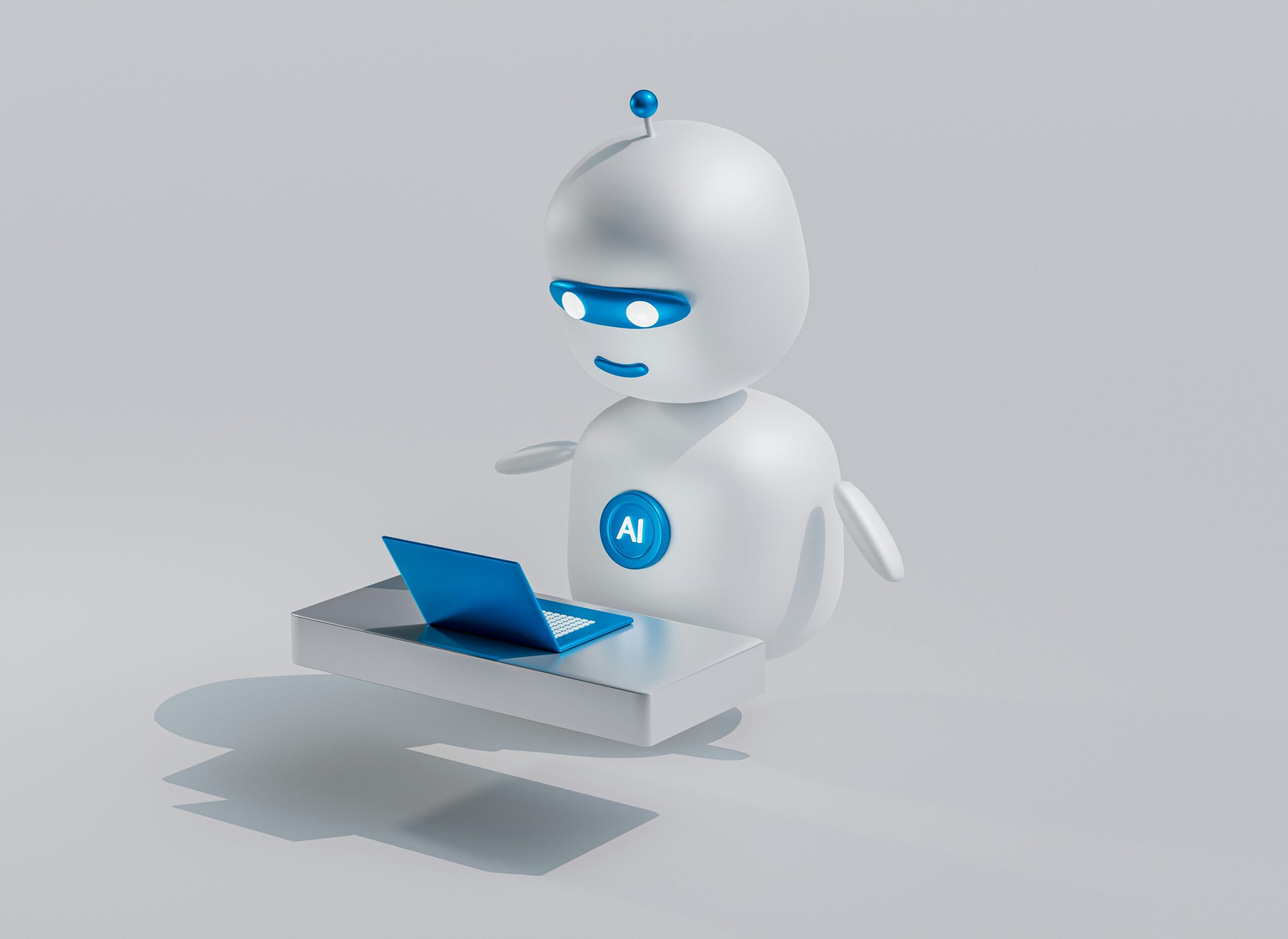As we approach future technology 2025 is steadily shifting from a niche interest to an essential part of daily living. Innovations in smart technology are redefining how we interact with our environments, manage our health, commute, and even learn.
These smart solutions are no longer confined to labs or luxury products—they are becoming accessible tools that streamline everyday tasks and improve overall efficiency.
From AI-powered home devices that optimize energy use, to cities employing real-time data for better traffic flow, the integration of technology is reshaping our routines in tangible ways.
In healthcare, AI diagnostics and telemedicine are making care faster and more personalized, while autonomous vehicles and electric cars promise safer and cleaner transportation.
This evolution isn’t just about convenience; it’s about creating systems that respond intelligently to human needs, fostering sustainability and accessibility. This blog explores the key smart technologies set to redefine our everyday lives by 2025, supported by case studies and real-world data that illustrate their growing impact.
1. Smart Homes: The New Standard of Living
Smart homes are no longer just a concept of the future—they are becoming an integral part of everyday living. AI-powered appliances and connected devices are transforming how we manage our households, making daily tasks more efficient and intuitive.
AI-Powered Appliances
The home environment is changing with the integration of Artificial Intelligence (AI) in everyday appliances. AI-powered refrigerators, ovens, washing machines, and thermostats are now capable of learning user habits to optimize performance and conserve resources. For example, smart refrigerators track expiration dates and suggest grocery lists, reducing food waste. AI-driven thermostats adjust heating and cooling based on occupancy and weather patterns, improving energy efficiency.
Voice assistants connected to these devices enable hands-free control, making daily tasks more convenient. The synchronization of appliances through the Internet of Things (IoT) allows seamless communication, providing a unified experience across devices. Smart homes are also becoming safer with AI-enabled security systems that detect unusual activities and alert homeowners in real-time.
Overall, AI in home appliances aims to reduce energy consumption, save time, and improve comfort, positioning smart homes as a critical aspect of future technology 2025.
2. Smart Cities: Urban Living Transformed
Smart cities are rapidly evolving by integrating Internet of Things (IoT) devices and Artificial Intelligence (AI) to improve urban life. These technologies enable real-time data collection and analysis, helping cities operate more efficiently and sustainably.
IoT and AI Integration
Smart cities utilize IoT devices and AI to improve infrastructure and urban services. Sensors deployed throughout cities collect data on traffic flow, air quality, energy usage, and waste management. This data is analyzed in real-time to optimize city operations and reduce environmental impact.
Traffic management systems use AI to adjust signal timings dynamically, easing congestion and lowering vehicle emissions. Smart street lighting adjusts brightness based on pedestrian presence, saving energy. Waste management employs sensors in bins to optimize collection schedules, reducing costs and litter.
Public transportation benefits from smart scheduling and predictive maintenance, increasing reliability. Emergency services use data analytics to improve response times. These technologies combine to enhance urban efficiency, sustainability, and quality of life.
Smart city development is a key pillar in future technology 2025, focusing on integrating data-driven solutions for smarter urban living.
3. Healthcare: Personalized and Accessible
Healthcare is undergoing a major transformation driven by smart technologies that make medical care more personalized and accessible. Innovations like AI diagnostics and telemedicine are changing how patients receive timely and effective treatment.
AI in Diagnostics and Telemedicine
Healthcare is experiencing significant changes through AI and telemedicine. AI algorithms analyze medical images and patient data to detect diseases such as cancer or cardiovascular conditions earlier and with higher accuracy than traditional methods. This leads to timely interventions and better patient outcomes.
Telemedicine platforms allow patients to consult healthcare providers remotely via video calls or apps. This reduces the need for in-person visits, particularly benefiting those in rural or underserved areas. Telemedicine also speeds up diagnosis and follow-up care, improving access and convenience.
Wearable devices monitor vital signs continuously, providing real-time health data to both patients and doctors. These devices help manage chronic diseases and prevent emergencies by detecting abnormalities early.
Together, AI diagnostics, telemedicine, and wearable tech are making healthcare more personalized, efficient, and accessible—cornerstones of future technology 2025.
4. Smart Manufacturing: Efficiency and Innovation
Smart manufacturing is transforming production processes by integrating automation and advanced data analytics. These technologies enhance efficiency, reduce costs, and improve product quality across industries.
Automation, Robotics, and Data Analytics
Manufacturing is evolving with automation and robotics, which increase production speed and precision while reducing human error. Robots handle repetitive or hazardous tasks, improving workplace safety and allowing human workers to focus on complex problem-solving.
Data analytics plays a crucial role in optimizing manufacturing operations. Sensors on equipment provide real-time data on machine health, enabling predictive maintenance and minimizing downtime. Analytics also help streamline supply chains and adjust production schedules based on demand forecasts.
The integration of AI with robotics enables adaptive manufacturing systems that can modify processes dynamically. This agility supports mass customization and faster product development cycles.
Smart manufacturing technologies are central to future technology 2025, driving higher productivity and flexibility in industrial operations.

5. Smart Mobility: The Future of Transportation
Smart mobility is transforming how people and goods move, combining technology and innovation to create safer, cleaner, and more efficient transportation systems. Autonomous vehicles and electric cars are at the forefront of this shift, promising to reshape the future of travel by 2025.
Autonomous Vehicles and Electric Vehicles
Transportation is undergoing a shift toward autonomy and electrification. Autonomous vehicles (AVs) use sensors, cameras, and AI to navigate roads without human input. They promise to reduce accidents caused by human error and improve traffic flow through coordinated driving.
Electric vehicles (EVs) are becoming more common as battery technology advances, increasing driving range and lowering costs. EVs produce zero tailpipe emissions, contributing to reduced air pollution and compliance with stricter environmental regulations.
Charging infrastructure is expanding rapidly, supporting the widespread adoption of EVs. Smart grids and vehicle-to-grid (V2G) technology enable EVs to feed energy back into the grid during peak demand, enhancing energy management.
Smart mobility solutions, including AVs and EVs, are key components of future technology 2025, aiming for safer, cleaner, and more efficient transportation systems.
6. Education: Learning in the Digital Age
Education is rapidly evolving as digital technologies reshape how knowledge is delivered and accessed. Online platforms and immersive tools are creating new opportunities for flexible and interactive learning experiences.
Online Platforms and Immersive Technologies
Education is transforming through digital platforms and immersive technologies. Online learning portals provide access to courses, lectures, and materials anywhere and anytime. This flexibility suits diverse learners, from school students to professionals seeking upskilling.
Virtual Reality (VR) and Augmented Reality (AR) create interactive learning environments that simulate real-world scenarios. Students can engage in virtual labs, historical site visits, or complex 3D visualizations, improving comprehension and retention.
AI-powered personalized learning systems adapt content and pacing to individual student needs, helping to close achievement gaps. Gamification elements keep learners motivated and involved.
The rise of remote learning tools and immersive experiences is reshaping education delivery and accessibility, forming a major part of future technology 2025.
Conclusion
As we move toward 2025, the integration of smart technologies is steadily transforming every aspect of daily life. From AI-powered appliances making homes more efficient, to IoT-driven smart cities improving urban infrastructure, these innovations are no longer futuristic concepts but present-day realities.
Healthcare is becoming more personalized and accessible through AI diagnostics and telemedicine, while manufacturing embraces automation and data analytics to enhance productivity. Transportation is shifting toward autonomous and electric vehicles, promising safer and cleaner travel.
Education is also evolving with digital platforms and immersive technologies that offer flexible, tailored learning experiences. These advancements collectively redefine convenience, sustainability, and accessibility in everyday life.
Embracing future technology 2025 means preparing for a world where smart solutions address real challenges and improve quality of living across all sectors. Staying informed and adaptable will be essential to fully benefit from these ongoing technological changes.






Leave a Reply